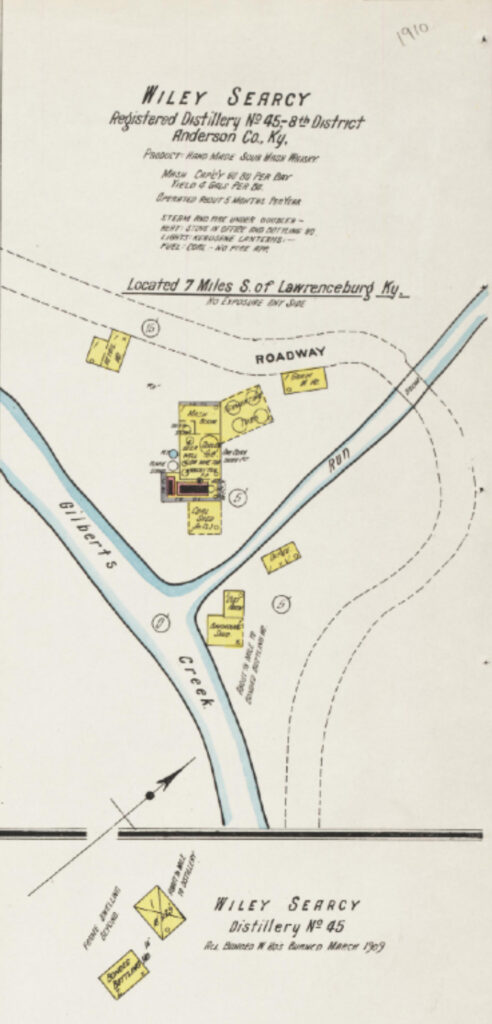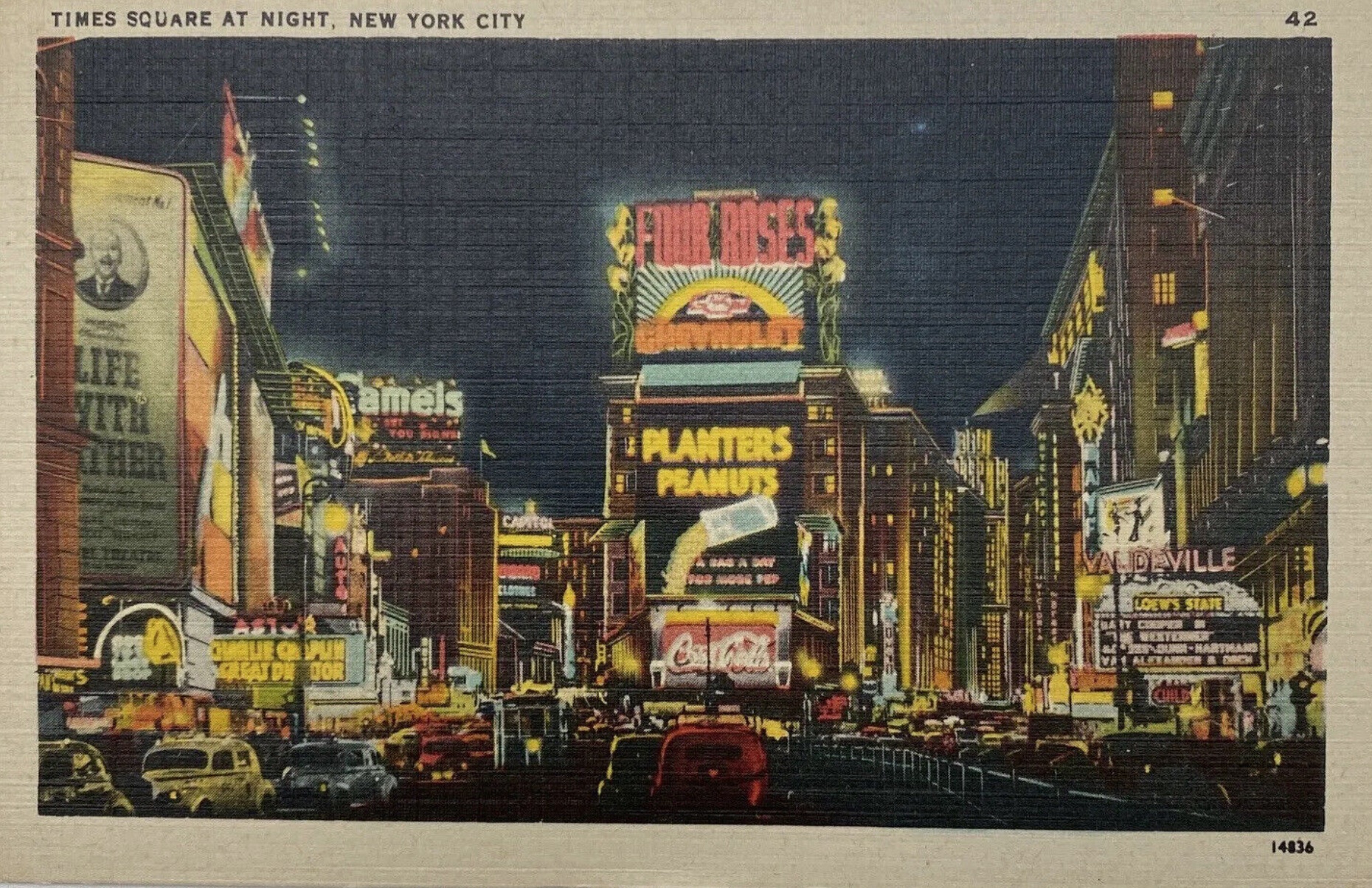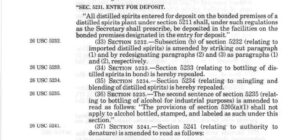
A few months ago, a new ‘local’ acquaintance, author David Jennings (@rarebird101, rarebird101.com) asked me a question about whether I thought it was possible that some of the early Ripy Brothers whiskey bottled at DSP-KY-45, also known as Old Joe, might have actually been made or even aged across the street at neighboring distillery Old Prentice, DSP-KY-2. Old Prentice had been the home of JTS Brown up until Prohibition and eventually became the home of Four Roses after Seagram purchased Old Prentice in 1946 [1]. Such ‘cross-pollination’ was hardly unknown back in the 19th century.
I didn’t know the answer (or for that matter, a lot about the history of Old Prentice before Seagram purchased it) but David’s question got me curious so I started digging into it. The results were timelines for both Old Joe and Old Prentice. They were created using dates provided from the following sources:
Four Roses: The Return of a Whiskey Legend by Al Young (Butler Books, 2020)
Bourbon in Kentucky: A History of Distilleries in Kentucky by Chester Zoeller (Butler Books, 2009)
Bourbon Strange by Chuck Cowdrey (Made and Bottled in Kentucky, 2014)
Images of the Past: A. Ph. Stitzel Distillery Print by Mike Veach (Blog Entry, December 2020)
[Caveat: I am increasingly aware of the perils of working entirely from secondary sources like these. I’ve got my fingers crossed I’ve not strayed into the weeds. Or at least if I have, then not too far into them.]
As you’ll see, both distilleries changed hands a number of times. And three of my sources seem to agree that Old Joe branded whiskey was at one point made at Old Prentice. with ownership stakes in both distilleries held by various members of the Hawkins family. Whether whiskey made at Old Joe was ever aged at Old Prentice remains a question mark.
If you have anything to add to this, or corrections to make, please feel free to use the comment form below.
Timeline for Old Prentice, DSP-KY-2
- 1818: Old Joe distillery is established by ‘Old Joe’ Peyton
- 1840: The Hawkins family takes over ownership of Old Joe
- 1855: The Hawkins family builds a second distillery round the corner form Old Joe
— This is Old Prentice - 1904: The Hawkins family sell Old Prentice to the five sons of JTS Brown
— Old Prentice and JTS Brown were their primary brands
— NB The five Brown sons operated several distilleries at this time - 1910: The Browns demolish the original distillery and rebuild using Spanish Missionary-Style
— This is where I’d imagine Four Roses inherited that style from - 1920: Prohibition starts
- 1933: Prohibition ends
- 1934: Production at Old Prentice restarts after the Browns and the Hawkins work together to refurbish the property
— The Hawkins start making Old Joe at Old Prentice at this point [2] - 1946: Seagram purchased Old Prentice
— Old Joe and Old Prentice brands discontinued [3]
— JTS Brown brand sold to Heaven Hill
— Four Roses now made at Old Prentice
Timeline for Old Joe, DSP-KY-27
- 1818: Old Joe distillery is established by ‘Old Joe’ Peyton
- 1840: Distillery now owned by Sheridan Hawkins, uncle of Gratz Brown Hawkins
- 1847: Distillery now owned by Granville Bourbon Hawkins
- 1857: Hawkins sells Old Joe to Medley S. Bond (son of John Bond, of ‘Bond & Lillard’)
- 1885: T.B. Ripy buys Old Joe, after death of Medley S. Bond
- 1886: T.B. Ripy then sells distillery to Captain Wiley Searcy
— Searcy then sells it back to the Hawkins family (date unclear) - 1909: Old Joe warehouses destroyed by fire
- 1911: The Hawkins sell it back to the Ripy Brothers who rebuild it.
- 1912: New business entity formed ‘Old Joe Distilling Company’
— Appears the Ripy Brothers sold the distillery after rebuilding; they may have continued to operate it (unclear)
— Owners include W.P. Frazier, J.H. Hawkins, R.B. Hawkins. - 1920: Prohibition starts
- 1933: Prohibition ends
[DATES GET MURKY HERE…] - 1934: Graetz Hawkins sells the Old Joe distillery to Sam Friedman [4][5]
— Possibly all Friedman purchased was the property, distillery might have been in disrepair after Prohibition
— Friedman renames the distillery Bonds Mill
[DISTILLERY CHANGES HANDS A FEW MORE TIMES] - 1940/42 Schenley buys Bonds Mill [6]
- 1960: Schenley closes Bonds Mill
— Note that Cowdrey doesn’t say what happened after the Schenley acquisition

—
Notes:
[1] – Seagram purchased Four Roses (AKA Frankfort Distilling Corporation) just three years earlier in 1943.
[2] – Young claims the refurbished distillery operated under the name Old Joe after the restoration, not Old Prentice, and that it was only called Old Prentice after the Seagram purchase.
[3] – Young claims the Old Prentice brand was sold to Sazerac, along with Eagle Rare, in 1988 and that the distillery became known as Four Roses after this, in 1994.
[4] Cowdrey said the Hawkins then started making Old Joe back at the rebuilt Old Prentice distillery. Al Young says Old Joe was ‘resurrected by a widow named Agnes Brown (wife of deceased Col. David Brown) and a well-known Anderson county distiller named Gratz. B. Hawkins.’ I assume both Cowdrey and Young are talking about the same thing.
[5] Zoeller says Old Joe remained closed after Prohibition and give no further information about it.
[6] Al Young looks like he got confused at this point and says Schenley bought Old Prentice, but reading Cowdrey carefully, I think it was Bonds Mill (formerly Old Joe) that Schenley purchased in 1942. Young also mentioned some other possible changes in ownership (National Distillers, Grosscurths and Kessler) but I don’t know whether to take these as fact or not.




Well researched history. I like the maps. Seems you put the question your friend posed to rest here.